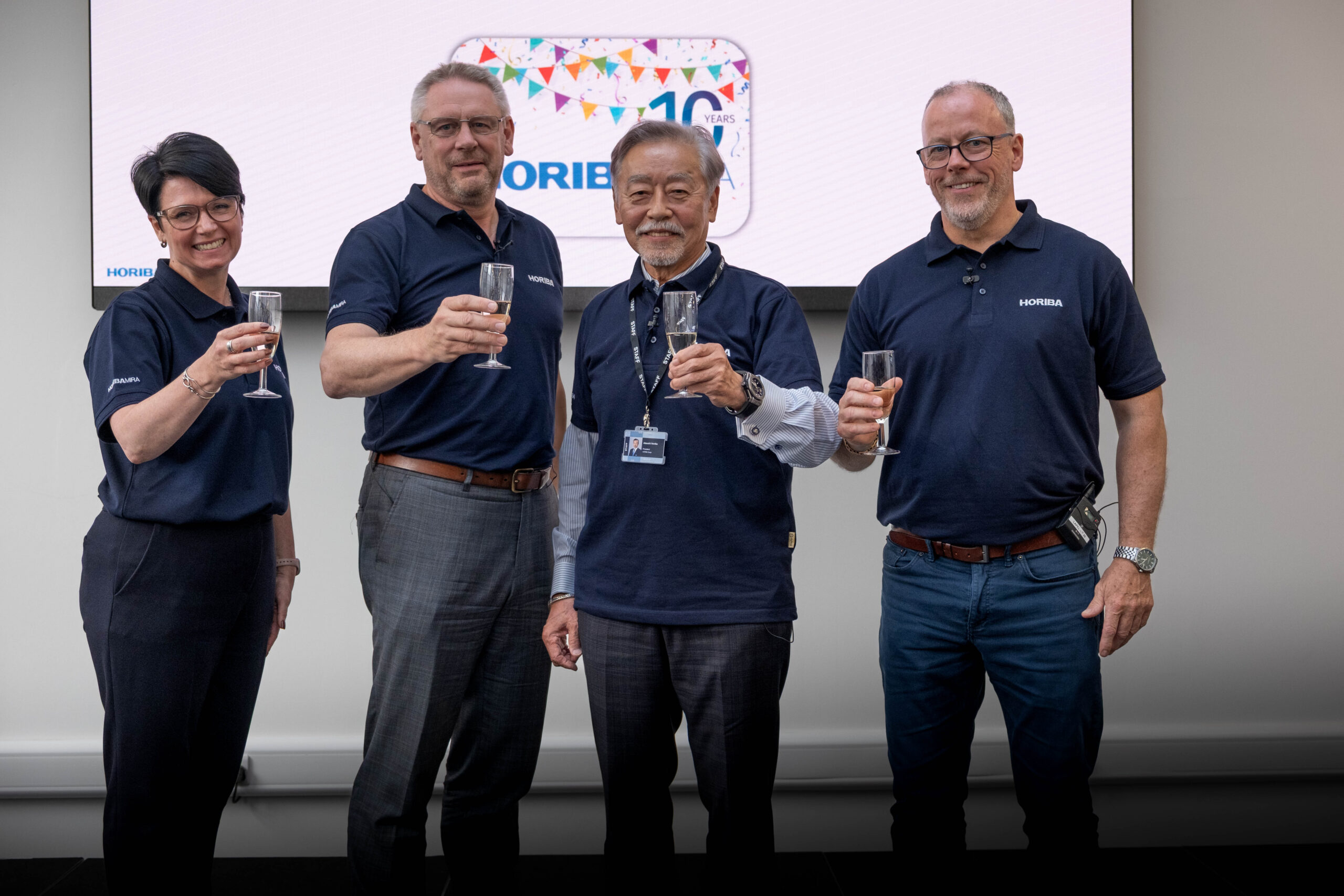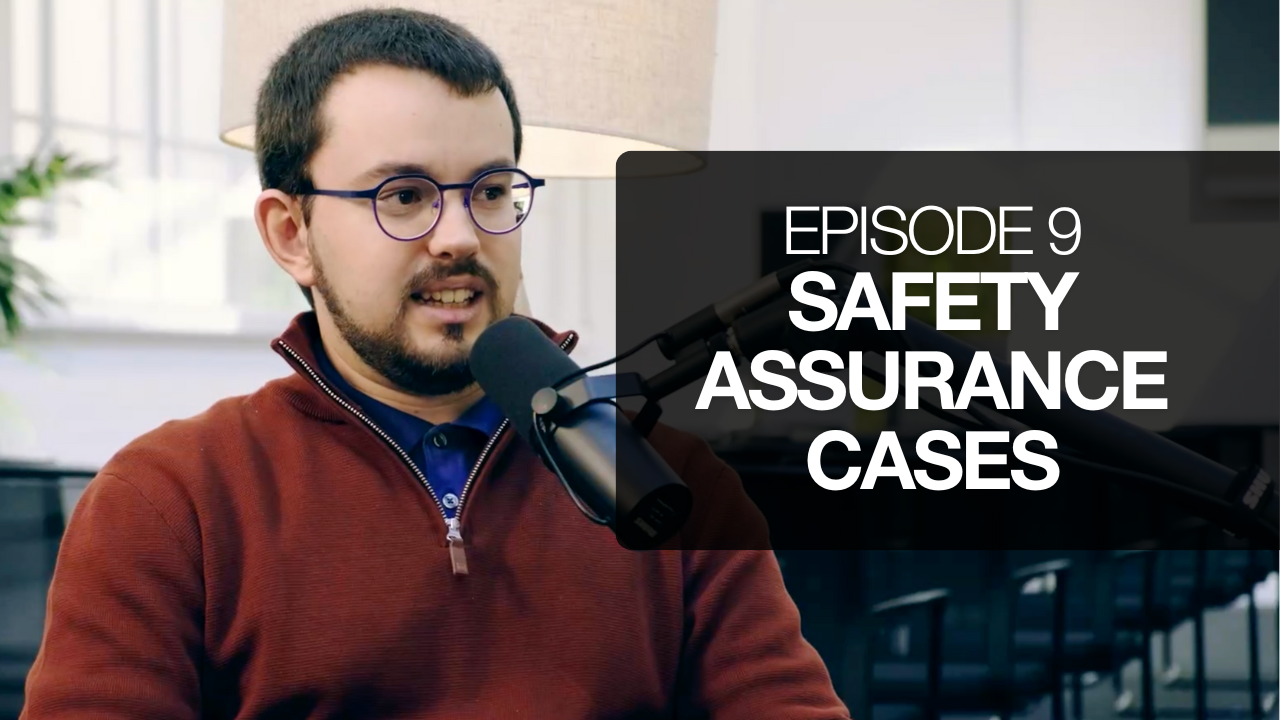Advancements in Automotive EMC Standardisation & Legislation: New Revisions of IEC CISPR 12 and UNECE Regulation 10
By Mark Emery, EMC Technical Manager, HORIBA MIRA

As vehicle technologies become increasingly complex and electrified, the importance of robust electromagnetic compatibility (EMC) standards continues to grow. EMC is critical not only to vehicle safety and functionality but also to the protection of the wider electromagnetic environment.
To keep pace with this evolution, two significant updates, IEC CISPR 12 Edition 7.0 and UNECE Regulation 10 Revision 7, have recently been introduced. Both bring forward meaningful changes that are already shaping the way manufacturers, test laboratories, and approval authorities approach EMC compliance.
IEC CISPR 12 – Edition 7.0
The long-anticipated Edition 7.0 of IEC CISPR 12 was officially published earlier this week (July 2025), marking an important step forward in protecting off-board receivers from emissions generated by vehicles.
With the previous revision dating back to 2009, this update has been much needed. The 7th Edition introduces several key enhancements:
- Test setups and requirements for electric and hybrid electric vehicles in charging mode
- Inclusion of annexes addressing measurement instrumentation uncertainty
- Improved guidance for antenna positioning
- Division of applicable products into three categories – vehicles, boats, and devices – with new peak detector limits for EVs in both driven and charging states
I’ve had the privilege of contributing to this development on behalf of the British Standards Institute (BSI) over the past 13 years. More recently, I was honoured to be elected as Convenor of the IEC CISPR/D committee, responsible for IEC CISPR 12 and IEC CISPR 36, leading the global effort to deliver this 7th Edition.
It has been rewarding to guide a team of international experts toward the successful publication of this revision. While there were certainly challenges along the way, our collective, pragmatic approach ensured we delivered a robust and necessary update. Looking ahead, work has already commenced on an 8th Edition, which will further advance measurement methods and expand the applicable frequency spectrum.
UNECE Regulation 10 – Revision 7
In parallel, Revision 7 of UNECE Regulation 10 (June, 2025) brings a range of impactful changes for the automotive industry. These updates will influence the work of test laboratories, vehicle manufacturers, and type approval bodies alike.
Highlights of this revision include:
- Extension of the radiated immunity test frequency range up to 6 GHz
- Introduction of reverberation chamber testing for Electronic Sub-Assemblies (ESAs)
- Adjusted charging limits for non-residential applications
- Updated modulation criteria aligned with the latest ISO 11451-1 and ISO 11452-1
- Charging test setups now harmonised with ISO 11451-2 and IEC CISPR 12
- Clarification on immunity failure criteria for modern systems including Automated Driving Systems (ADS), eCall, and Acoustic Vehicle Alerting Systems (AVAS)
- Expanded guidance on how large vehicles should be tested
- Increased precision on the applicability of annexes for various charging modes
Together, these changes reflect a growing recognition of the need for standards and directives to keep pace with emerging vehicle technologies and use cases.
Technical Seminar: Exploring the Latest Developments
To support industry colleagues and stakeholders in understanding and implementing these updates, I’ll be joining the HORIBA MIRA team, alongside our partners at Würth Electronik, to host a technical seminar on 23 September 2025 at our Nuneaton headquarters. The session will cover both new revisions in detail, along with recent and upcoming developments in IEC CISPR and ISO automotive standardisation.
These changes are more than just technical updates, they reflect the shifting landscape of automotive design and regulation. As vehicles evolve, so too must the standards that govern their safe and compliant operation.
At HORIBA MIRA, we’re proud to play a leading role in this process and remain committed to supporting the industry through collaboration, testing expertise, and thought leadership.
If you’d like to learn more about these updates or discuss how we can support your EMC compliance strategy, please don’t hesitate to get in touch.








